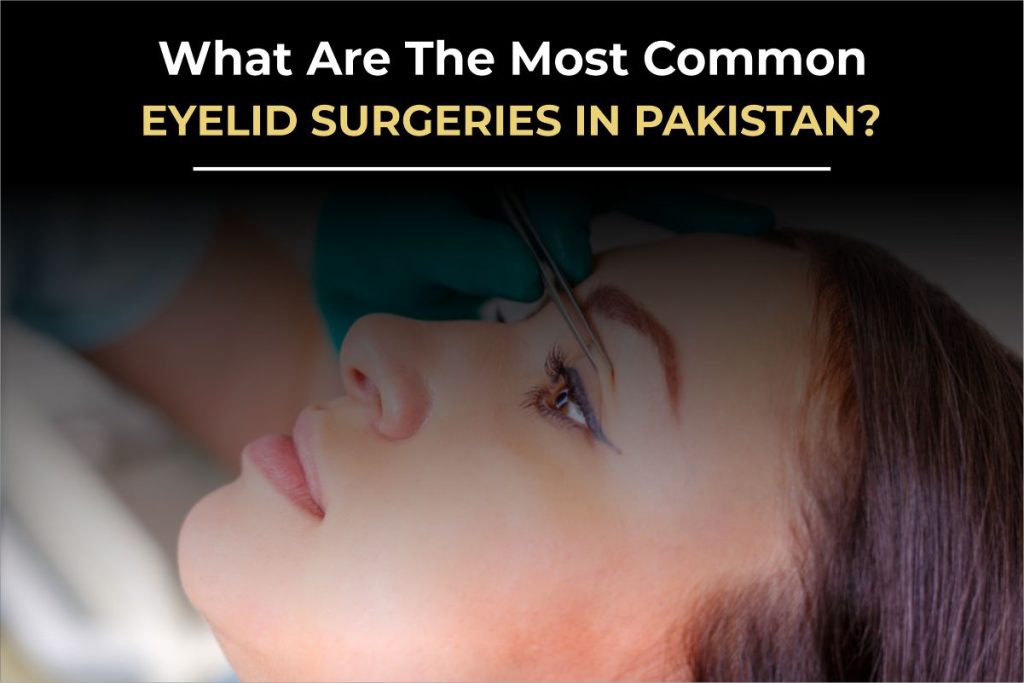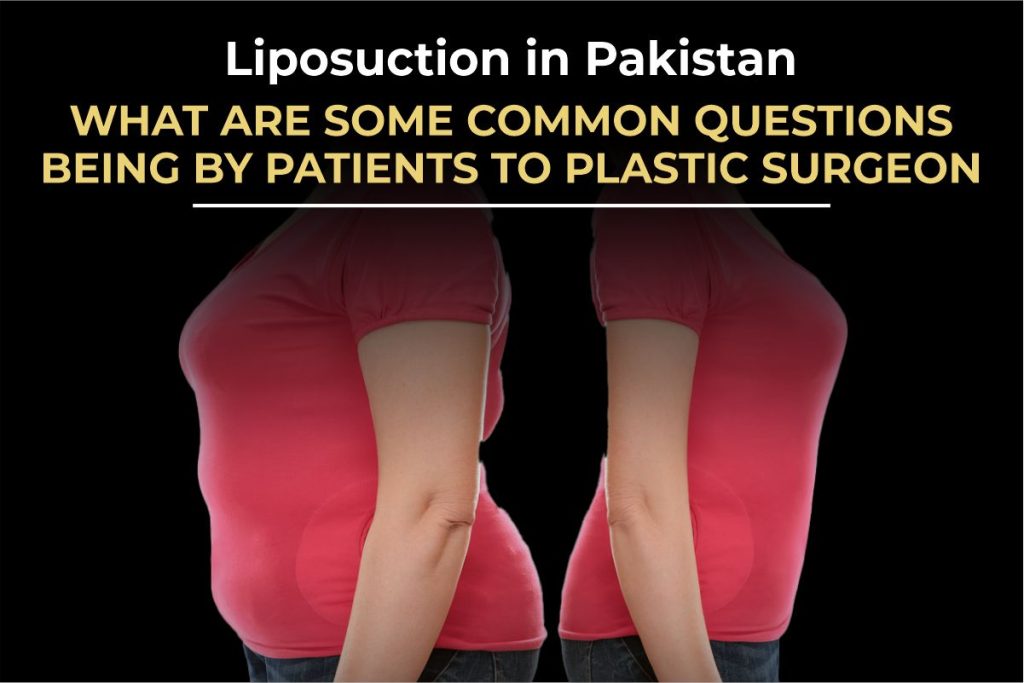Let’s Discover How a Nose Job Can Change Not Just the Way You Look, But the Way You Feel.
Have you ever looked at someone and thought, “Wow, their face is so balanced, what’s their secret?”
Chances are, the answer is rhinoplasty. While most people think of it as just a “nose job,” rhinoplasty has evolved into one of the most refined and customizable facial surgeries today, especially here in Pakistan.
In today’s article, we’ll take a deep dive into the types of rhinoplasties offered in Pakistan, and how they can address both aesthetic concerns and functional issues. But before we jump into the “how,” let’s first answer the “why.”
Why Do People Opt for Rhinoplasty in Pakistan?
Let’s be honest, we live in a society that deeply values appearance. In a selfie-driven world where image matters, people are constantly striving to enhance how they look.
Whether it’s a bump on the bridge of the nose, a bulbous tip, or wide nostrils, the nose is central to facial harmony. It’s no surprise that rhinoplasty is one of the most sought-after procedures not just globally, but right here in Pakistan too.
And it’s not just about beauty. Some people struggle with breathing issues, snoring, or congenital nasal deformities, which a well-performed rhinoplasty can help fix.
But there’s a flip side, not everyone gets it done right.
Why Are People Scared of Getting a Nose Job?
Because they’ve seen the “before-after” horror stories.
A nose too thin, too turned up, or one that just doesn’t fit the face.
And just like the eyes, if the nose looks unnatural, it throws off your entire look. That’s why choosing the right plastic surgeon, someone experienced, artistic, and specialized, is crucial.
What Are the Types of Rhinoplasty Being Offered in Pakistan?
Rhinoplasty isn’t a one-size-fits-all procedure. Let’s break down the most common types currently being offered in Pakistan’s top cosmetic clinics:
1. Aesthetic Rhinoplasty, For That Perfect Profile
This is what most people think of when they hear the word “nose job.”
The aim? To enhance the shape, size, or proportions of your nose.
Common requests include:
- Smoothing a hump on the nasal bridge
- Refining a bulbous or wide nasal tip
- Straightening a crooked nose
- Narrowing wide nostrils
This procedure is perfect for people who are generally healthy and simply want a more symmetrical or refined nose.
2. Functional Rhinoplasty, When Breathing Matters More Than Looks
It’s not always about looks. For many people, the problem lies within the nose.
Functional rhinoplasty addresses structural issues that cause breathing problems.
This includes:
- Deviated nasal septum (a crooked inner wall between nostrils)
- Collapsed nasal valves
- Enlarged turbinates
If you’ve ever experienced chronic nasal congestion, snoring, or trouble breathing, this may be the fix.
3. Septoplasty, Straightening the Core
Technically a part of functional rhinoplasty, septoplasty corrects a deviated septum, the thin wall that divides your nasal passages.
Many people don’t realize how much a deviated septum can affect their life:
- Constant mouth breathing
- Poor sleep quality
- Repeated sinus infections
Septoplasty straightens the inner structure, helping you breathe better, and even sleep better.
4. Nasal Tip Refinement / Bulbous Tip Correction
In many South Asian and Middle Eastern ethnicities, a wide or droopy nasal tip is common.
This procedure focuses only on reshaping the tip using:
- Cartilage reshaping
- Suturing techniques
- Sometimes, grafting (e.g. using ear cartilage)
When done right, the results are subtle but striking, the nose looks slimmer, more defined, and still natural.
5. Alar Base Reduction (Nose Wing Reduction)
Do you feel your nostrils are too wide or flare out when you smile?
Alar base reduction, also called nose wing reduction, addresses just that.
This procedure narrows the base of the nose, making it appear more proportionate.
It’s a minor procedure but can make a major difference to your facial balance.
6. Revision Rhinoplasty, Fixing What Went Wrong
Unfortunately, not every rhinoplasty goes well the first time.
That’s where revision rhinoplasty comes in, a more complex surgery performed to correct or improve the results of a previous nose job.
Patients who come in for revisions usually complain of:
- Overdone or unnatural results
- Breathing issues post-surgery
- Asymmetry or distortion
Revision surgeries are harder, which is why they require highly experienced surgeons and personalized planning.
7. Non-Surgical Rhinoplasty (Liquid Nose Job)
Yes, this exists, and it’s becoming popular in Pakistan too.
Dermal fillers like hyaluronic acid are used to:
- Smooth out small bumps
- Lift the tip
- Add symmetry
This method is:
- Non-invasive
- Requires no downtime
- Temporary (lasts 6–12 months)
Perfect for those who want a preview before committing to full surgery.
Choosing the Right Surgeon in Pakistan Makes All the Difference
From Karachi to Lahore, Islamabad to Multan, Pakistan now has many skilled plastic surgeons and cosmetic clinics.
But remember, rhinoplasty is not just a medical procedure, it’s an art.
And the best results come when science meets artistry.
Here’s what to look for:
- Board-certified facial plastic surgeon
- Clinic with a strong portfolio and reviews
- Clear consultation and custom treatment plan
- Safety protocols and post-op care
Final Words: Is Rhinoplasty Right for You?
If you’ve ever looked in the mirror and wished your nose was just a little different, you’re not alone.
Whether you’re considering rhinoplasty for cosmetic reasons, to breathe better, or to fix a prior surgery, options in Pakistan have never been more advanced.
Just remember, confidence starts with feeling good about yourself. And sometimes, that change starts right in the center of your face.





